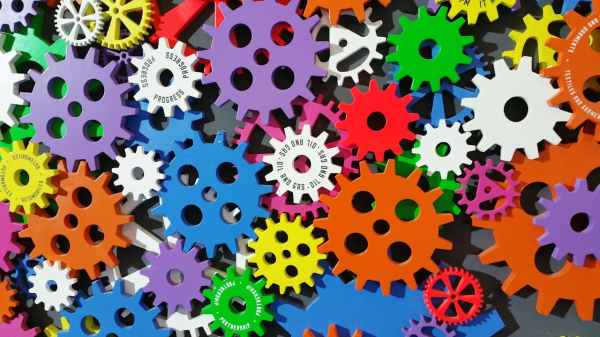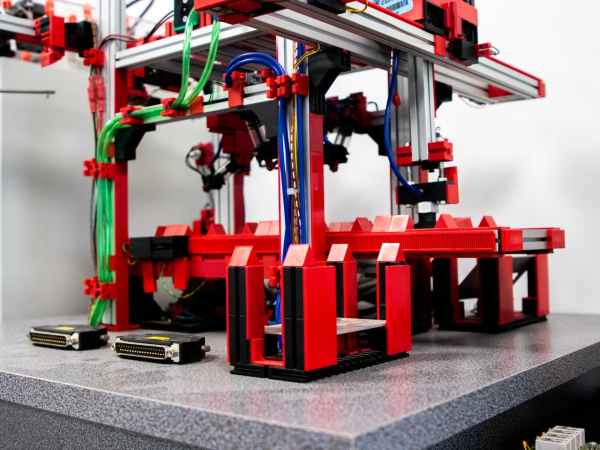n recent years, artificial intelligence (AI) has caused a revolution in the business environment, giving way to solutions focused on process automation and agility. But what is the difference between machine learning and deep learning, two of the main concepts linked to AI?
In order to clearly differentiate machine learning and deep learning, the first thing to do is to understand what each of these branches of AI consists of.
What is machine learning?
Machine learning is the capability of machines or computers to learn on their own from data analysis and pattern identification, enabling them to make predictions autonomously, i.e. without the need for human supervision.
This technology—part of AI—is involved in a variety of areas, so its applications are quite broad.
For example, it is a very useful tool in the marketing world, simplifying the analysis of customer behaviour and needs in order to boost sales and improve the customer experience.
And it is also present in your everyday life, for example, when your streaming platform recommends content specifically to you; or when you get friend suggestions on social networks.
Such is the impact of this technology worldwide, that it is estimated that the machine learning market will grow from USD 8 billion in 2021 to USD 117 billion by 2027.
What does deep learning consist of?
It is a subset of machine learning that seeks to replicate the way the human brain processes information. This is done through the use of artificial neural networks that are organised in different layers and which process the data, allowing predictions to be made.
Much in the same way as with machine learning, the algorithms that make up the neural network of a deep learning system undergo training with large volumes of data, which allows them to improve their predictive capability thus, reaching high accuracy levels.
Of course, deep learning is involved in a variety of industries. For example, the automotive sector spends about USD 32 billion on optimising its products and workflows.
In the health sector, deep learning is making it possible to make more accurate and earlier medical diagnoses, which is of great help in the case of high complexity diseases, such as cancer.
Given its relevance within the business environment, it is estimated that the deep learning market will exceed USD 44 billion by 2027.
Machine learning vs. deep learning: How do they differ?
1. Human intervention
While both disciplines manage to work autonomously, machine learning requires more human intervention in order to achieve the expected results, while deep learning can become autonomous.
2. Level of complexity
Another difference between machine learning and deep learning is linked to the complexity of their algorithms and the resources they require to operate.
On the one hand, machine learning systems are simpler and can run on conventional hardware, while deep learning, on the other hand, requires more robust and powerful software to process its intricate neural network models.
3. Time and accuracy
The time required for a machine to work autonomously in identifying patterns and making predictions is shorter for machine learning. However, its results fall short of the accuracy levels offered by deep learning.
4. Data characteristics
A major difference between machine learning and deep learning is the organisation of the data:
- For machine learning to realise its full potential, the data needs to have been previously structured.
- Conversely, deep learning can work seamlessly with large volumes of unstructured data, making it highly valuable when it comes to identifying trends or patterns.
Technologies such as artificial intelligence, machine learning and deep learning are a clear example of the digital transformation that societies are currently undergoing.
While it is still difficult to visualise the limits of these technology fields, what is clear is that they will improve the systems and tools currently in use for the benefit of people and organisations.








